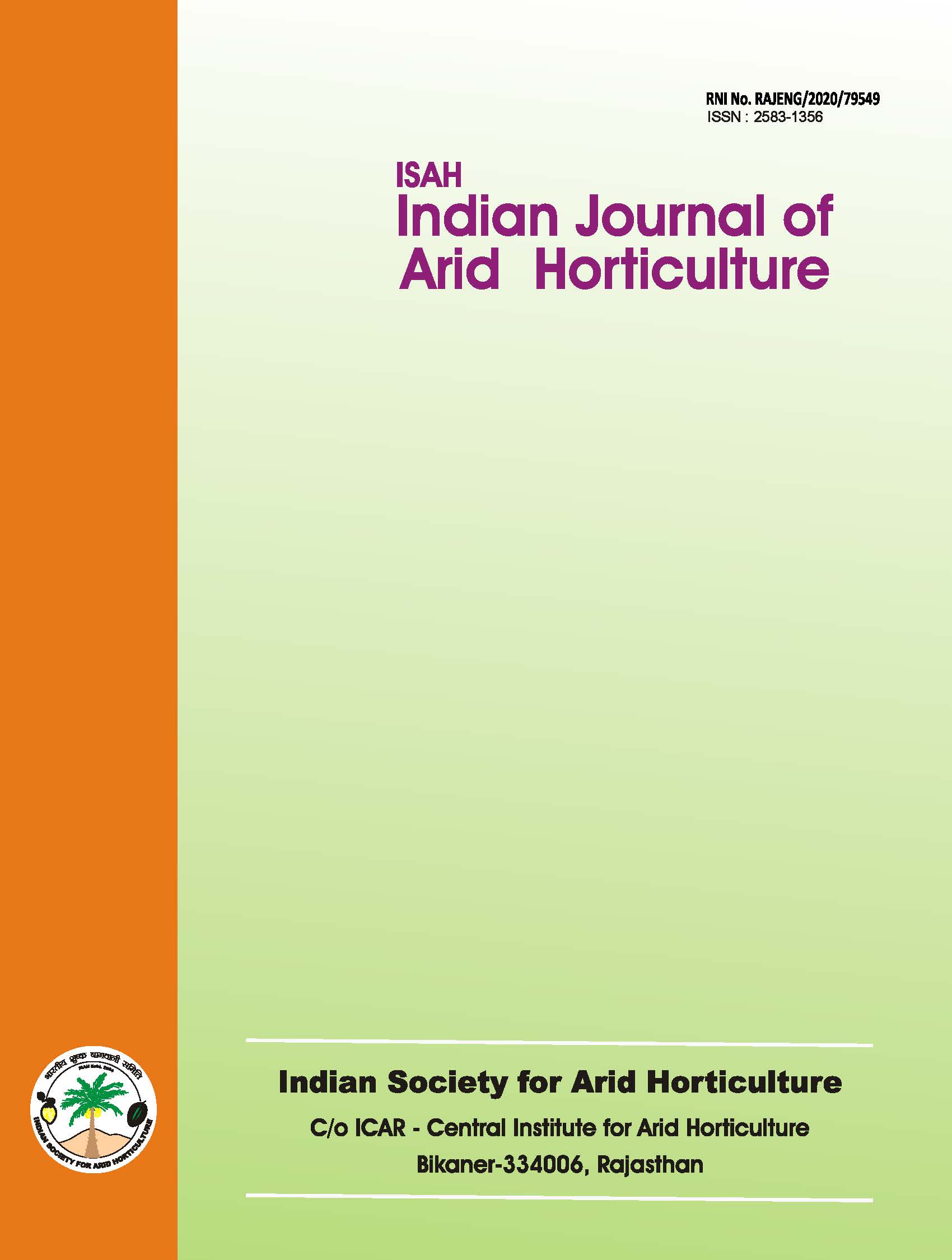A microscopic analysis of role of conidia and chlamydospore during germination process in Fusarium udum
Keywords:
Fusarium udum, Conidia, Chlamydospore, Germination, WiltAbstract
This study is the report of Fusarium udum conidia, which are produced behind the active hyphal growth zone during filamentous growth. Monokaryons of F. udum have for a long time been known to constitutively produce abundant uninucleate asexual spores (conidia). These spores are sickle shaped, and because of this shape, they are called conidia. Chlamydospores are large, thick-walled spores of variable forms and with condensed cytoplasm. Filaments of F. udum produce both intercalary and terminal chlamydospores. During germination of the chlamydospore, a single germ tube displaces the spore pore cap. Similarly, a single germ tube is formed by the conidium. Nuclei within the germ tubes divide, and septa may be formed between the daughter nuclei; alternatively, the germ tubes may stay ascptate through several cycles of nuclear division. Multinucleate side branches emerge, while septum formation occurs in the older portions of the germ tubes to yield cell segments with one or only a few nuclei. This side branches contained new conidia. Fusarium udum,Downloads
References
Ahmad, S.S. and Miles, P.G. 1970. Hyphal fusions in the wood-rotting fungus Schizophyllum commune. I. The effects of incompatibility factors. Genetic Research, 15: 19-28.
Anderson, G.E. 1971. The life history and genetics of Coprinus lagopus. Phillip Harris Biological Supplies, Weston-super-Mare, United Kingdom.
Ásgeirsdóttir, S.A., van Wetter, M.A. and Wessels, J.G.H. 1995. Differential expression of genes under control of the mating-type genes in the secondary mycelium of Schizophyllum commune. Microbiology, 141: 1281-1288.
Ballario, P. and Macino, G. 1997. White collar proteins: PASsing the light signal in Neurospora crassa. Trends in Microbiology, 5: 458-462.
Ballario, P., Talora, C., Galli, D., Linden, H. and Macino, G. 1998. Roles in dimerization and blue light photoresponse of the PAS and LOV domains of Neurospora crassa white collar proteins. Molecular Microbiology, 29: 719-729.
Bieszke, J.A., Braun, E.L., Bean, L.E., Kang, S., Natvig, D.O. and Borkovich, K.A. 1999. The nop-1 gene of Neurospora crassa encodes a seven transmembrane helix retinal-binding protein homologous to archaeal rhodopsins. Proceedings of the National Academy of Sciences USA, 96: 8034-8039.
Connerton, I. and Kües, U. 1994. Filamentous fungi: old mutants and new discoveries. Trends in Genetics, 10: 1-2.

